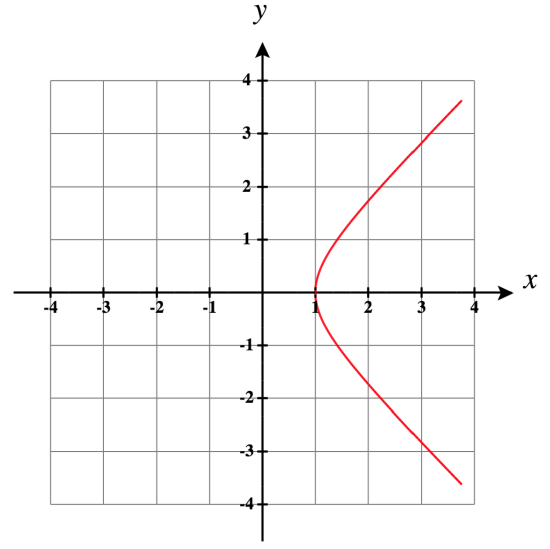4.7E: Exercises for Section 4.7
- Last updated
- Oct 29, 2020
- Save as PDF
- Page ID
- 53280
( \newcommand{\kernel}{\mathrm{null}\,}\)
In exercises 1 - 4, sketch the curves below by eliminating the parameter
1)
- Answer
-
Orientation: bottom to top
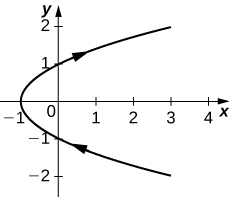
2)
3)
- Answer
-
Orientation: left to right
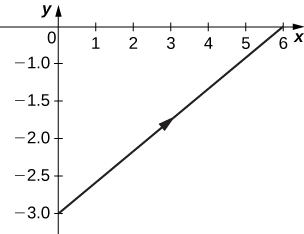
4)
In exercise 5, eliminate the parameter and sketch the graph.
5)
- Answer
-

In exercises 6 - 9, use technology (CAS or calculator) to sketch the parametric equations.
6) [T]
7) [T]
- Answer
-

8) [T]
9) [T]
- Answer
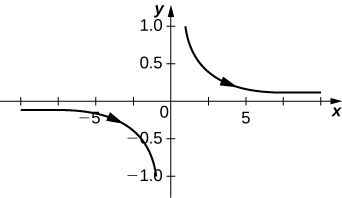
In exercises 10 - 20, sketch the parametric equations by eliminating the parameter. Indicate any asymptotes of the graph.
10)
11)
- Answer
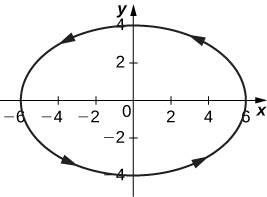
12)
13)
- Answer
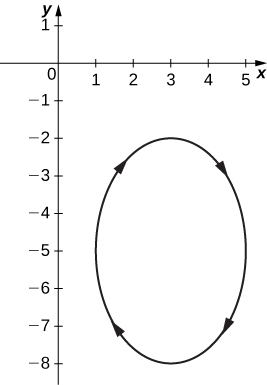
14)
15)
- Answer
-
Asymptotes are
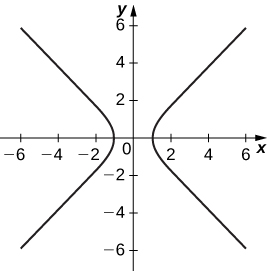
16)
17)
- Answer
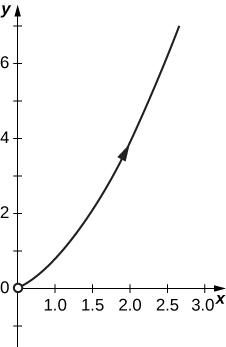
18)
19)
- Answer
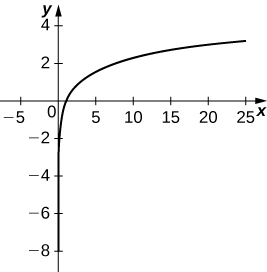
20)
In exercises 21 - 38, convert the parametric equations of a curve into rectangular form. No sketch is necessary. State the domain of the rectangular form.
21)
- Answer
22)
23)
- Answer
24)
25)
- Answer
26)
27)
- Answer
28)
29)
- Answer
30)
31)
- Answer
32)
33)
- Answer
34)
35)
- Answer
36)
37)
- Answer
38)
In exercises 39 - 48, the pairs of parametric equations represent lines, parabolas, circles, ellipses, or hyperbolas. Name the type of basic curve that each pair of equations represents.
39)
- Answer
- line
40)
41)
- Answer
- parabola
42)
43)
- Answer
- circle
44)
45)
- Answer
- ellipse
46)
47)
- Answer
- the right branch of a horizontally opening hyperbola
48)
49) Show that
50) Use the equations in the preceding problem to find a set of parametric equations for a circle whose radius is
In exercises 51 - 53, use a graphing utility to graph the curve represented by the parametric equations and identify the curve from its equation.
51) [T]
- Answer
-
The equations represent a cycloid.
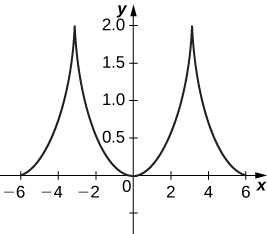
52) [T]
53) [T]
- Answer
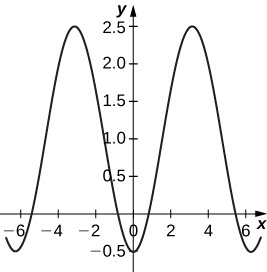
54) An airplane traveling horizontally at 100 m/s over flat ground at an elevation of 4000 meters must drop an emergency package on a target on the ground. The trajectory of the package is given by
55) The trajectory of a bullet is given by
- Answer
- 22,092 meters at approximately 51 seconds.
56) [T] Use technology to sketch the curve represented by
57) [T] Use technology to sketch
- Answer
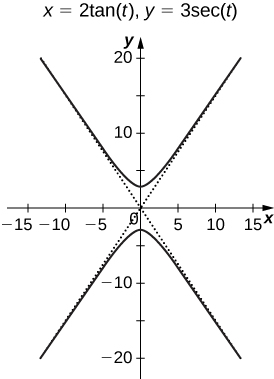
58) Sketch the curve known as an epitrochoid, which gives the path of a point on a circle of radius
Let
59) [T] Use technology to sketch the spiral curve given by
- Answer
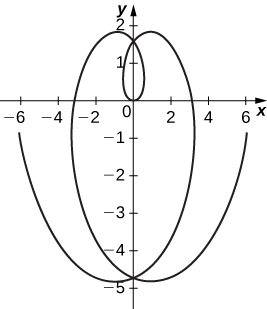
60) [T] Use technology to graph the curve given by the parametric equations
61) [T] Sketch the curve given by parametric equations
- Answer
